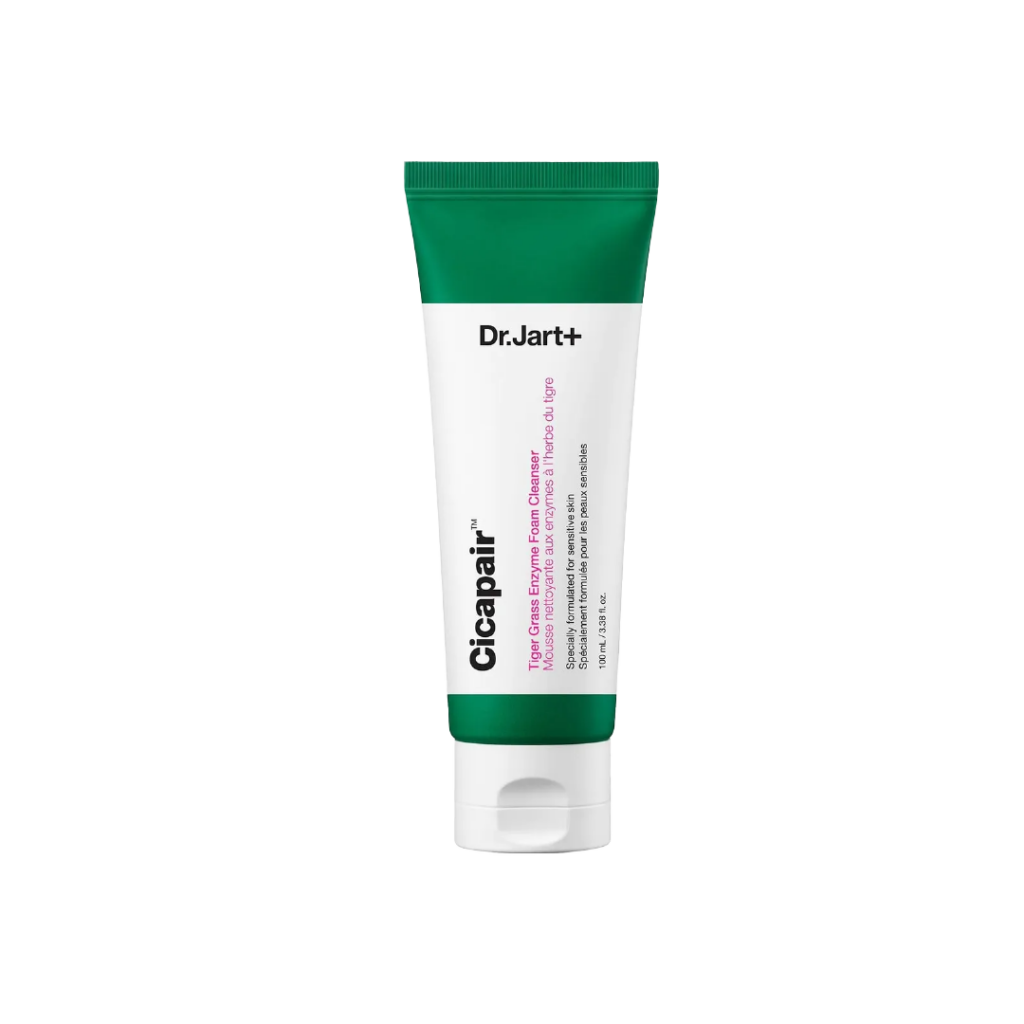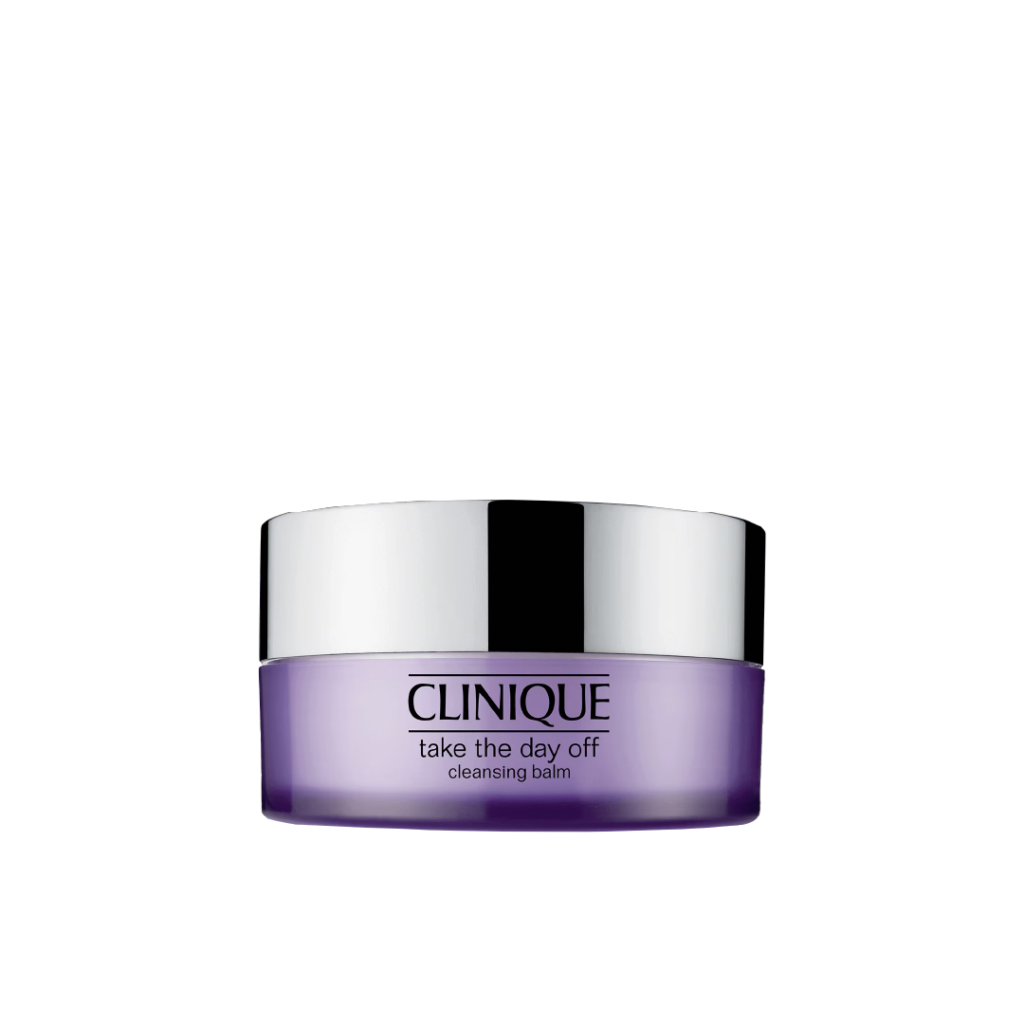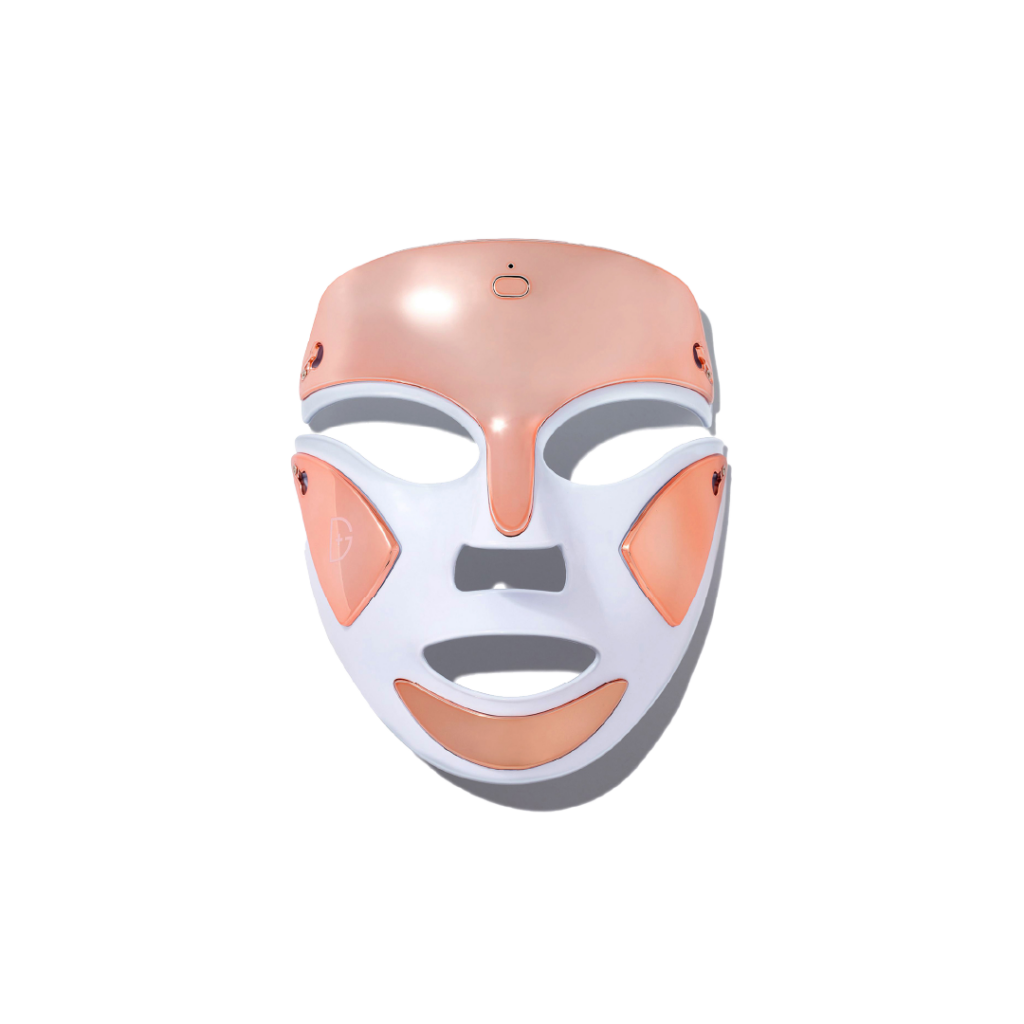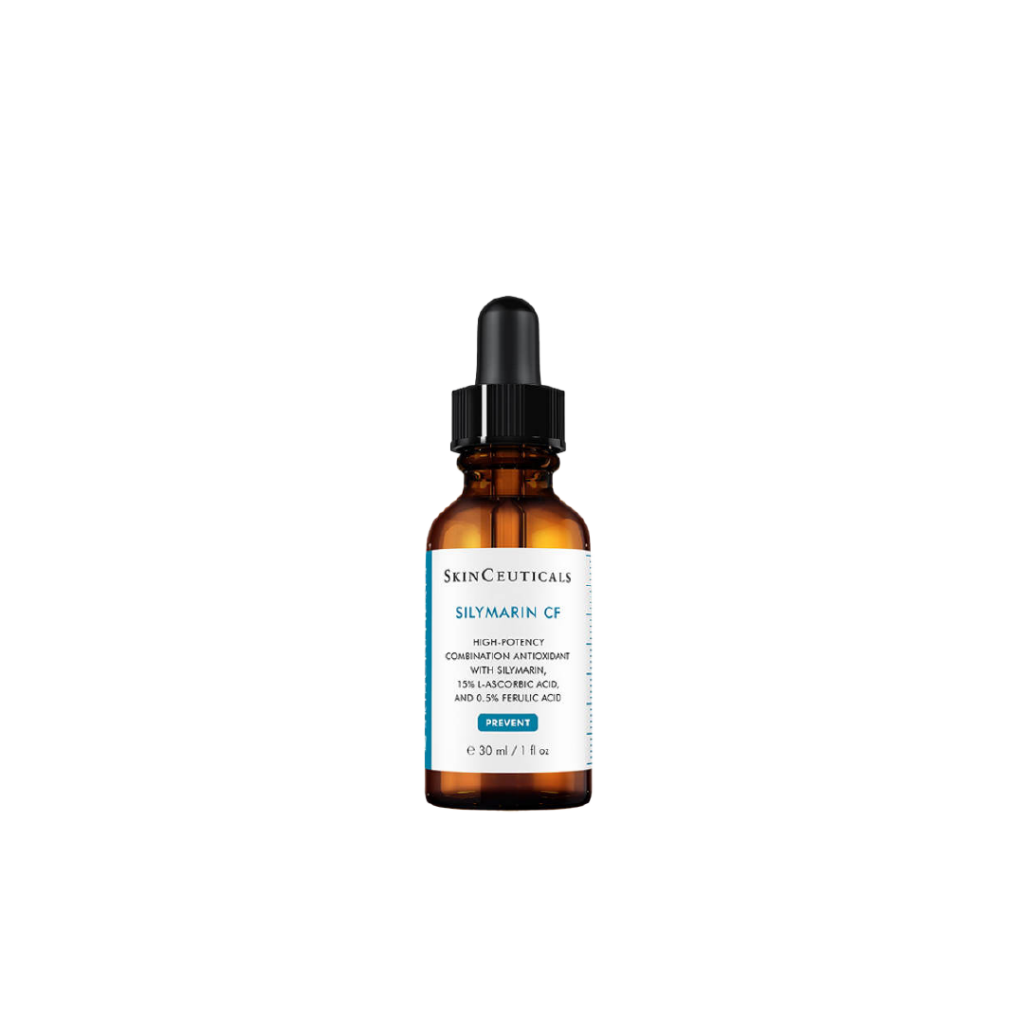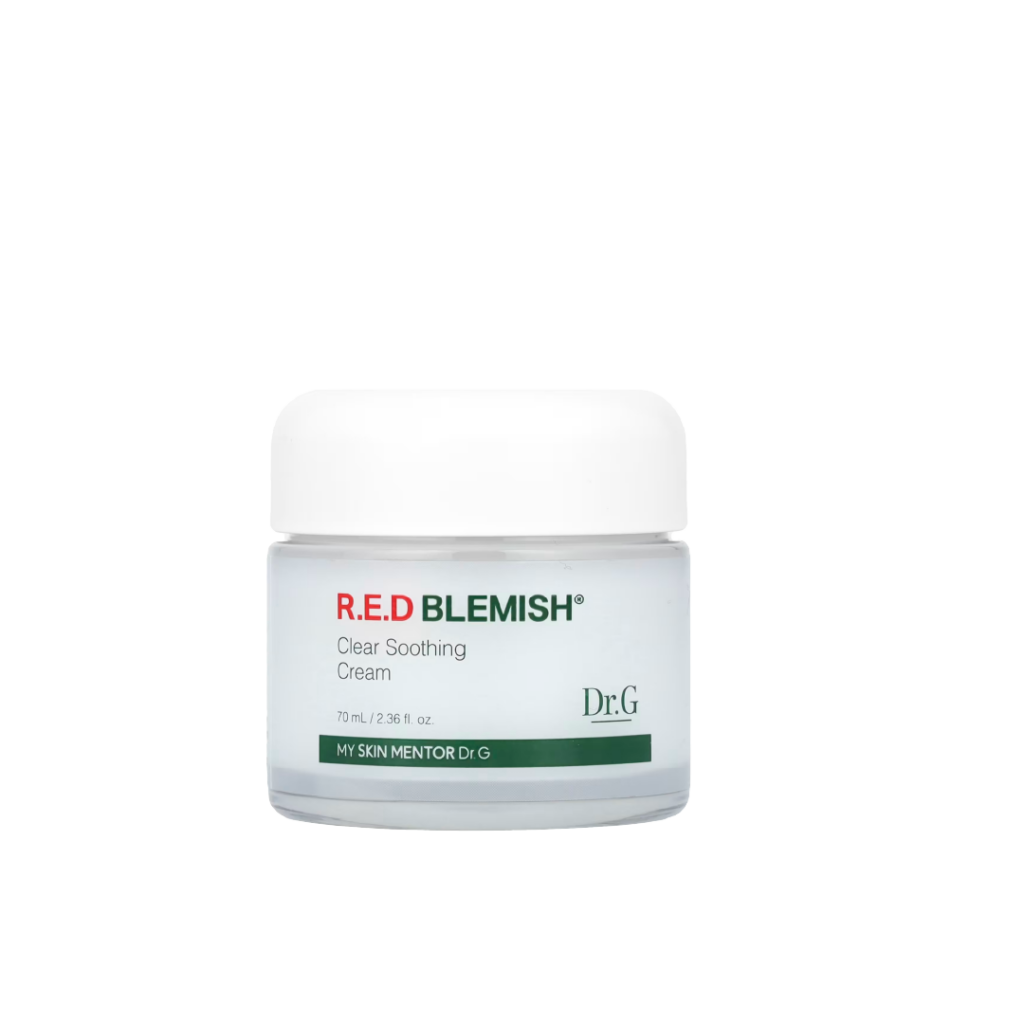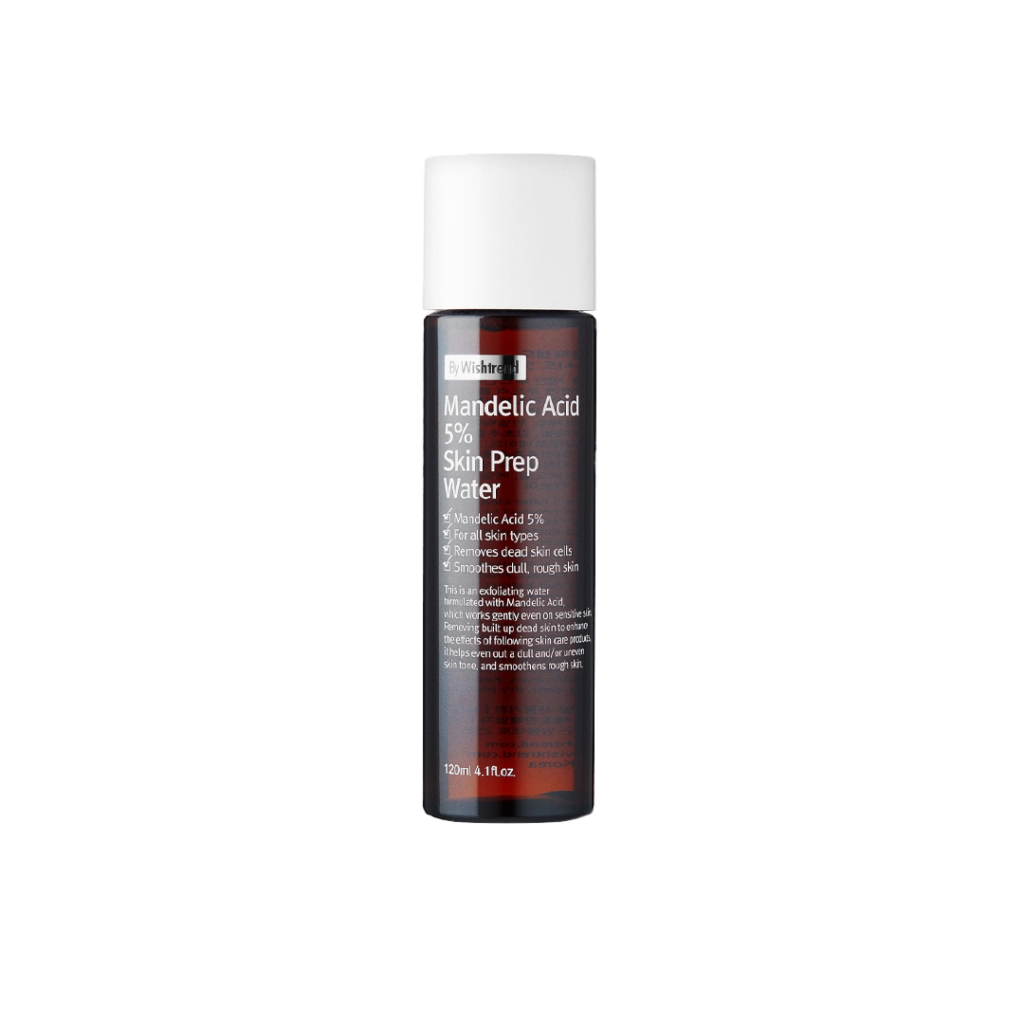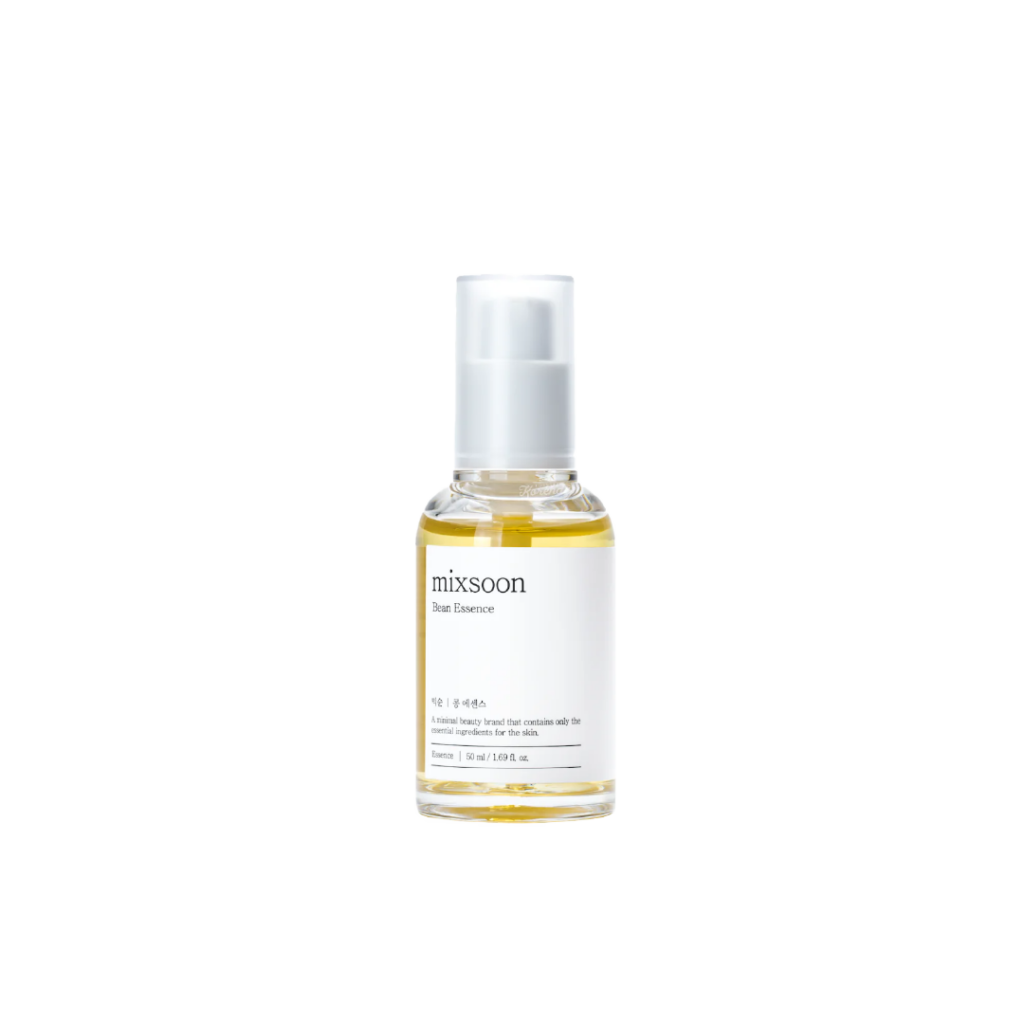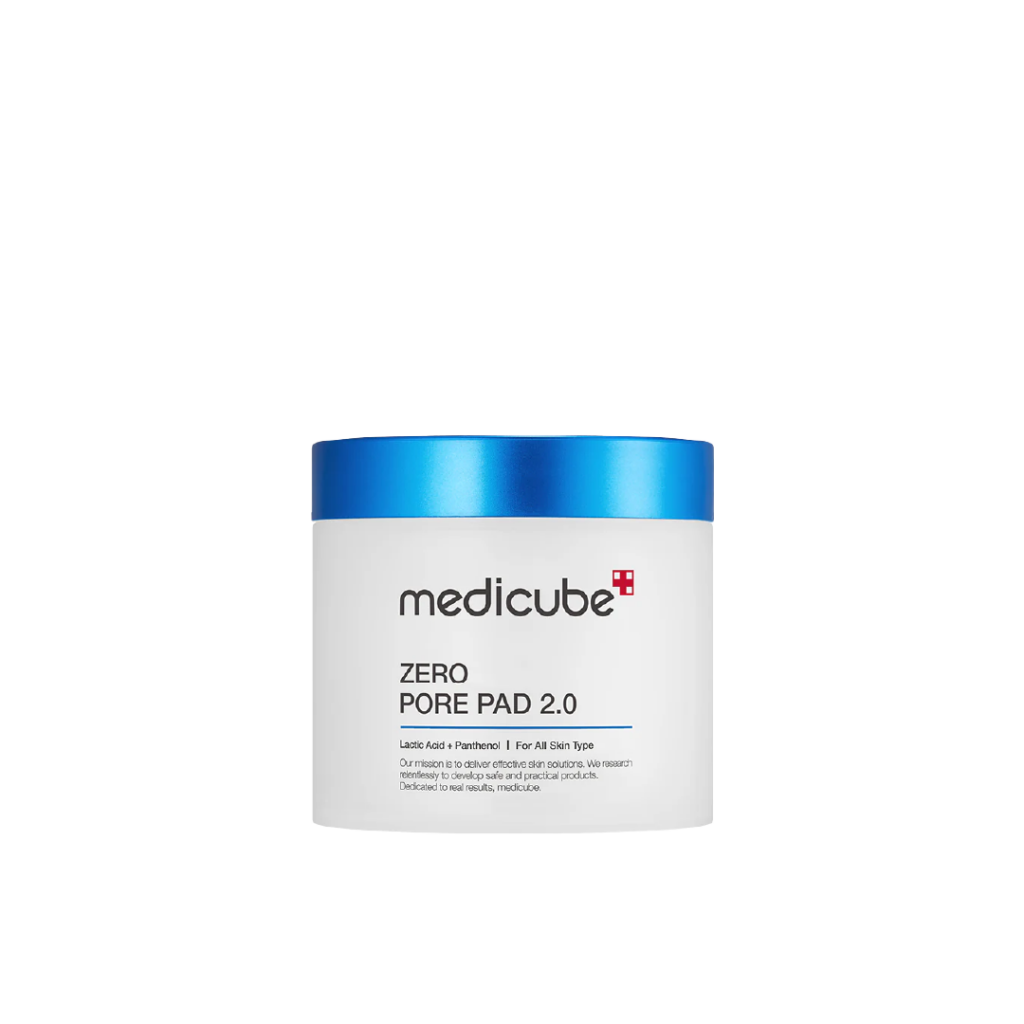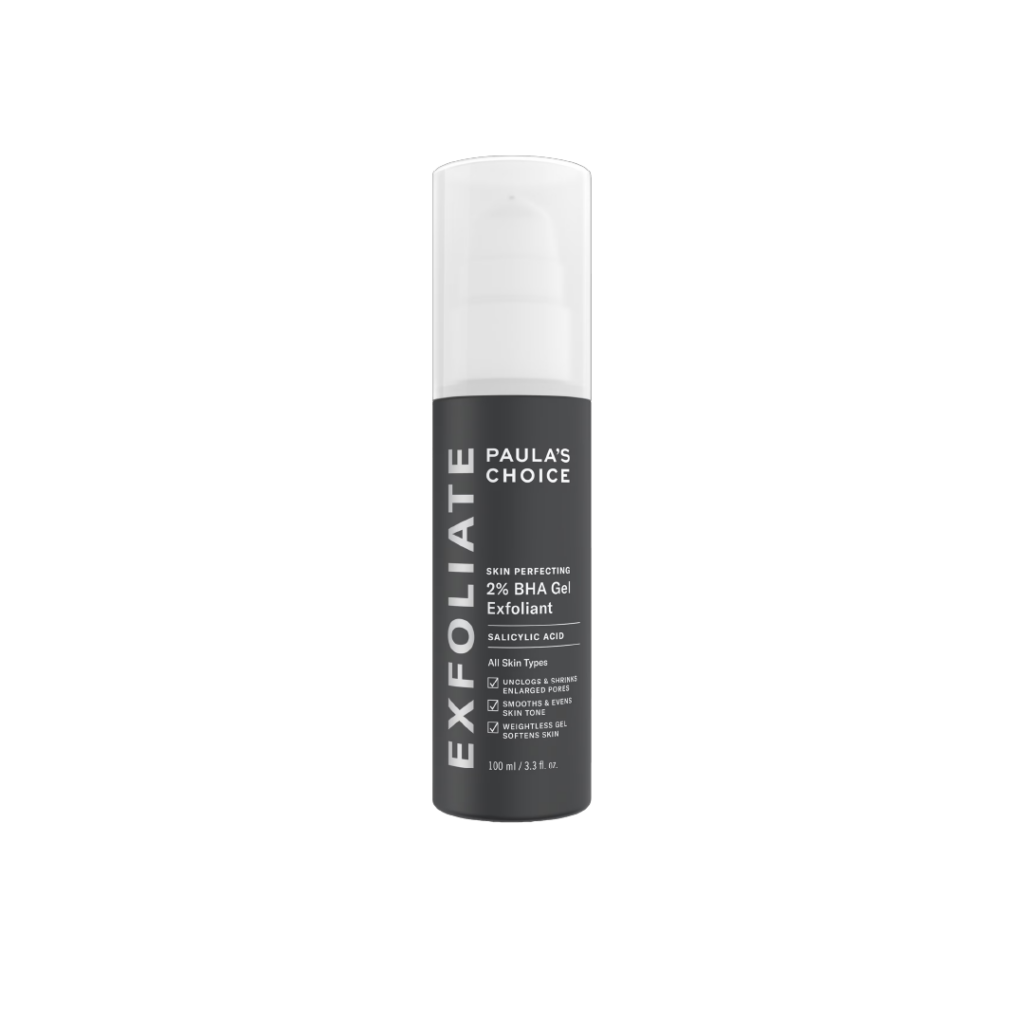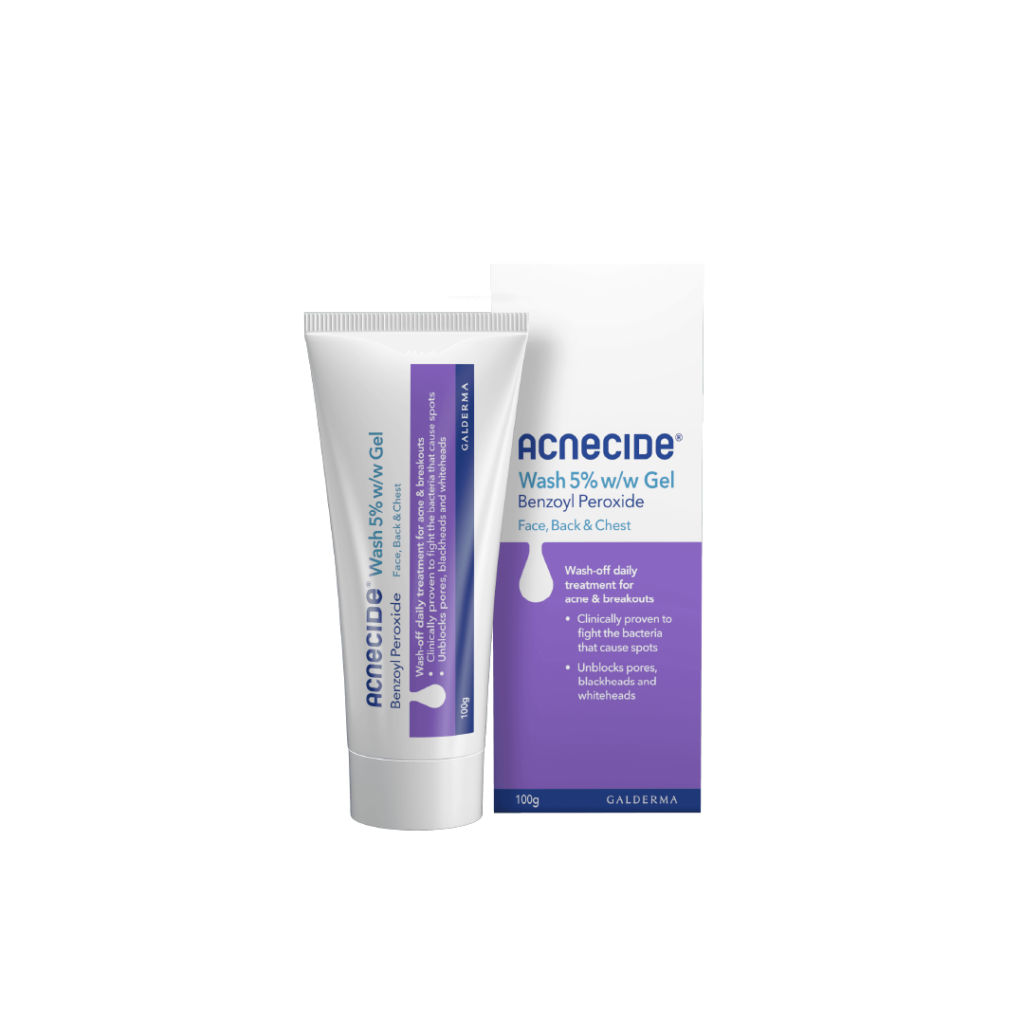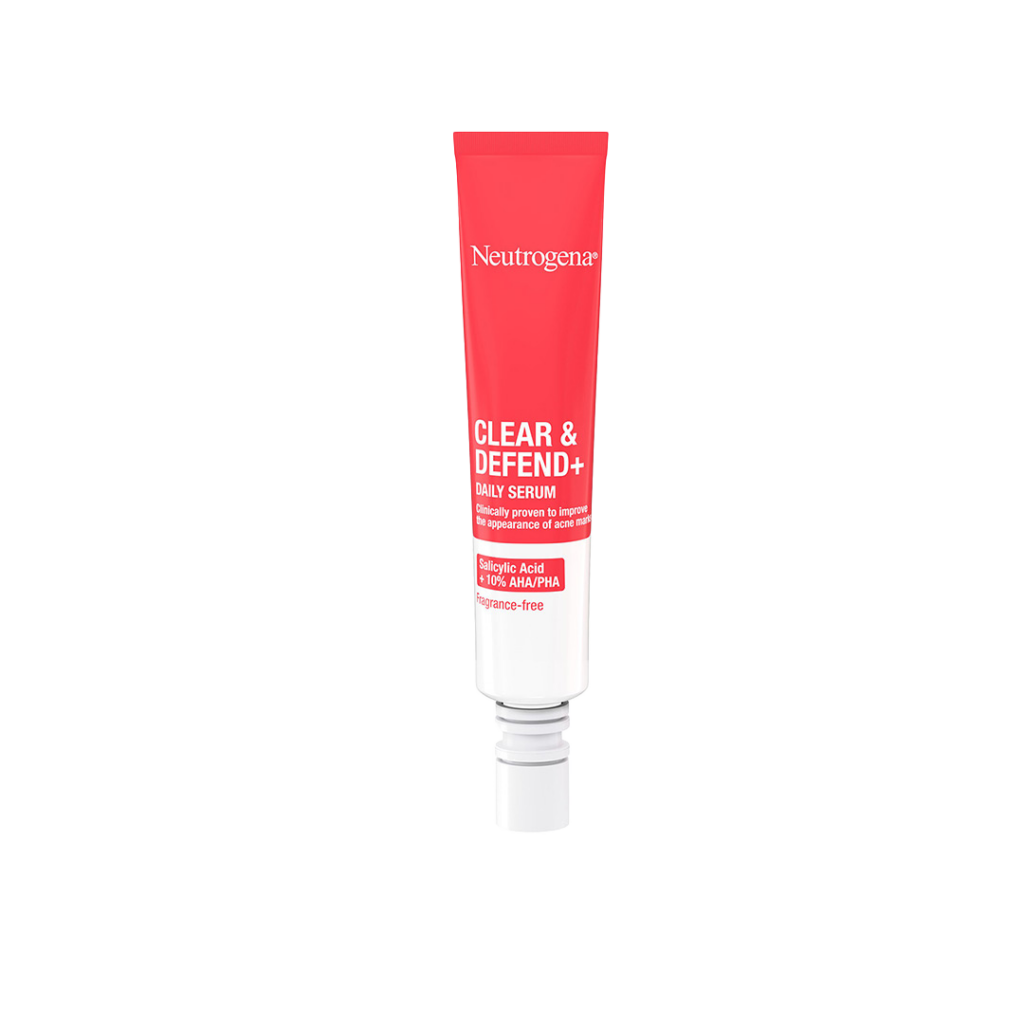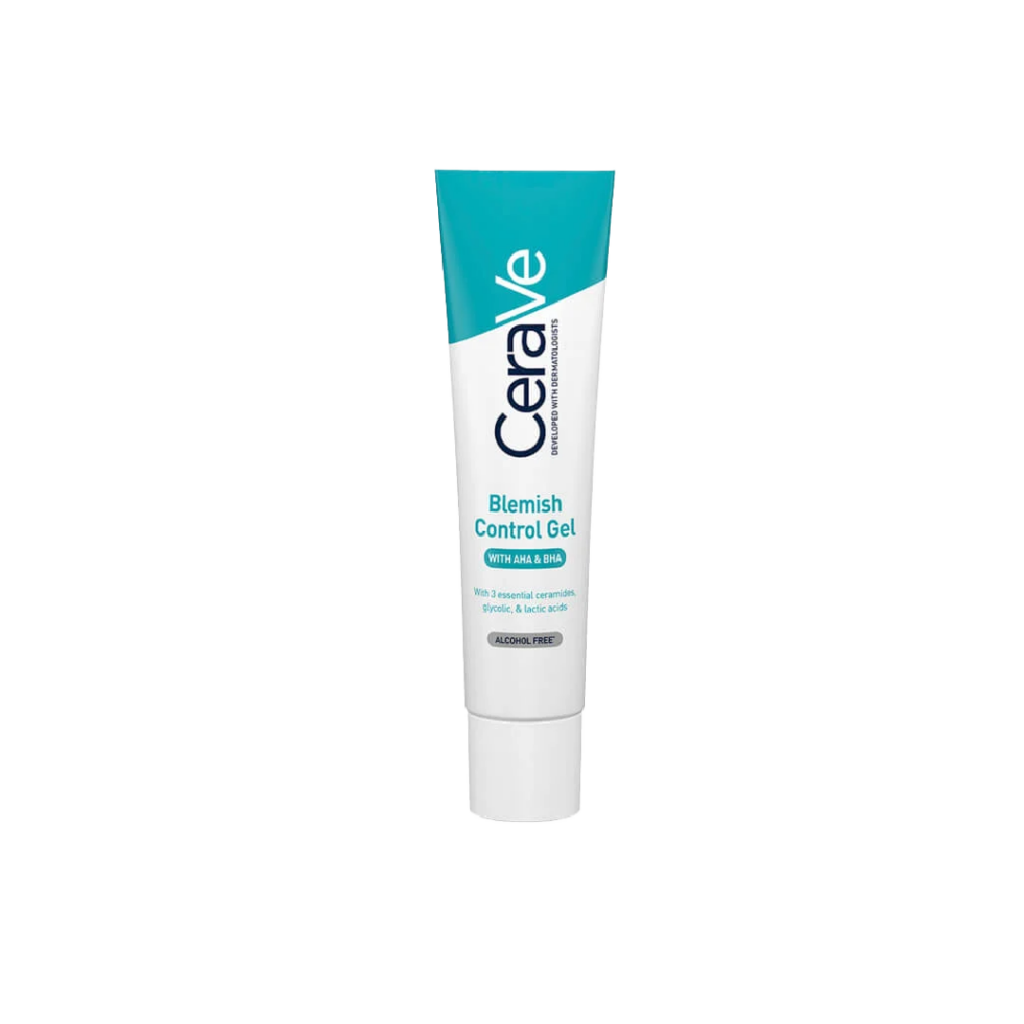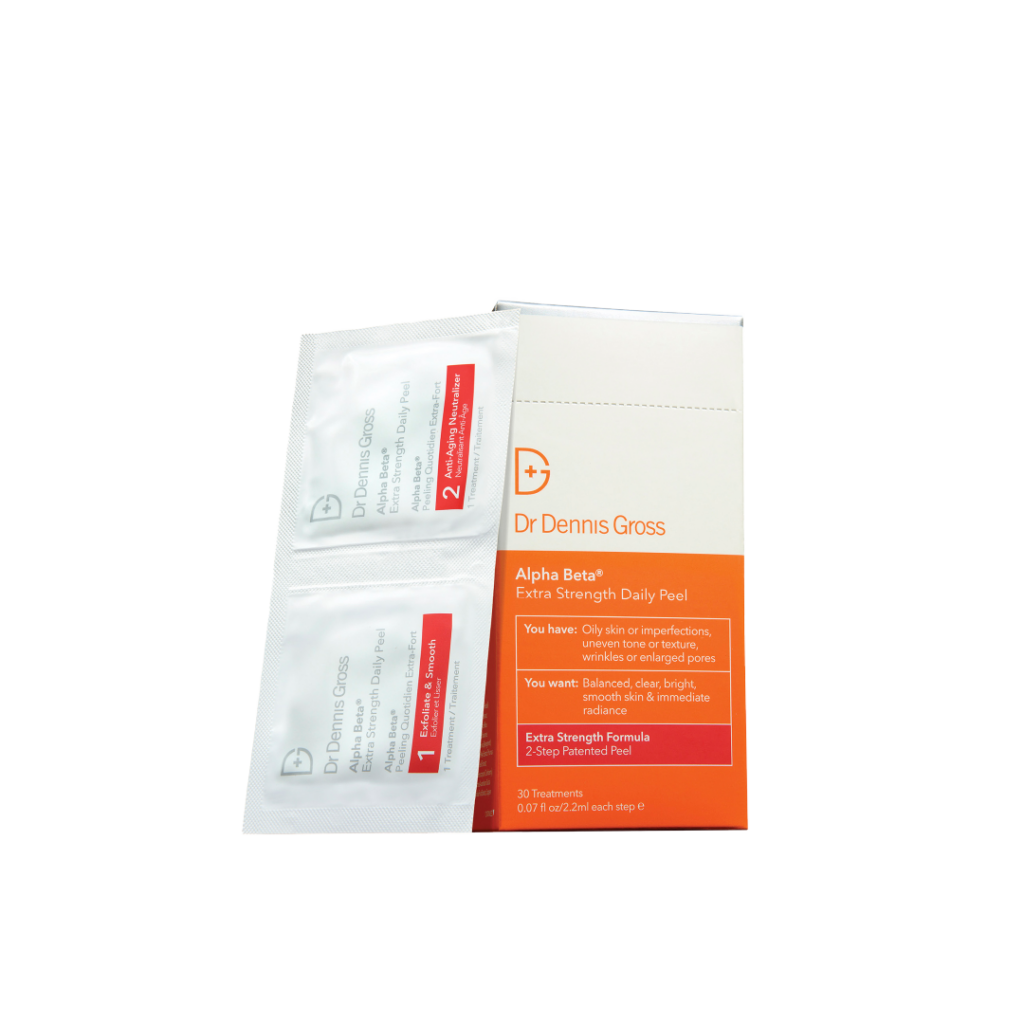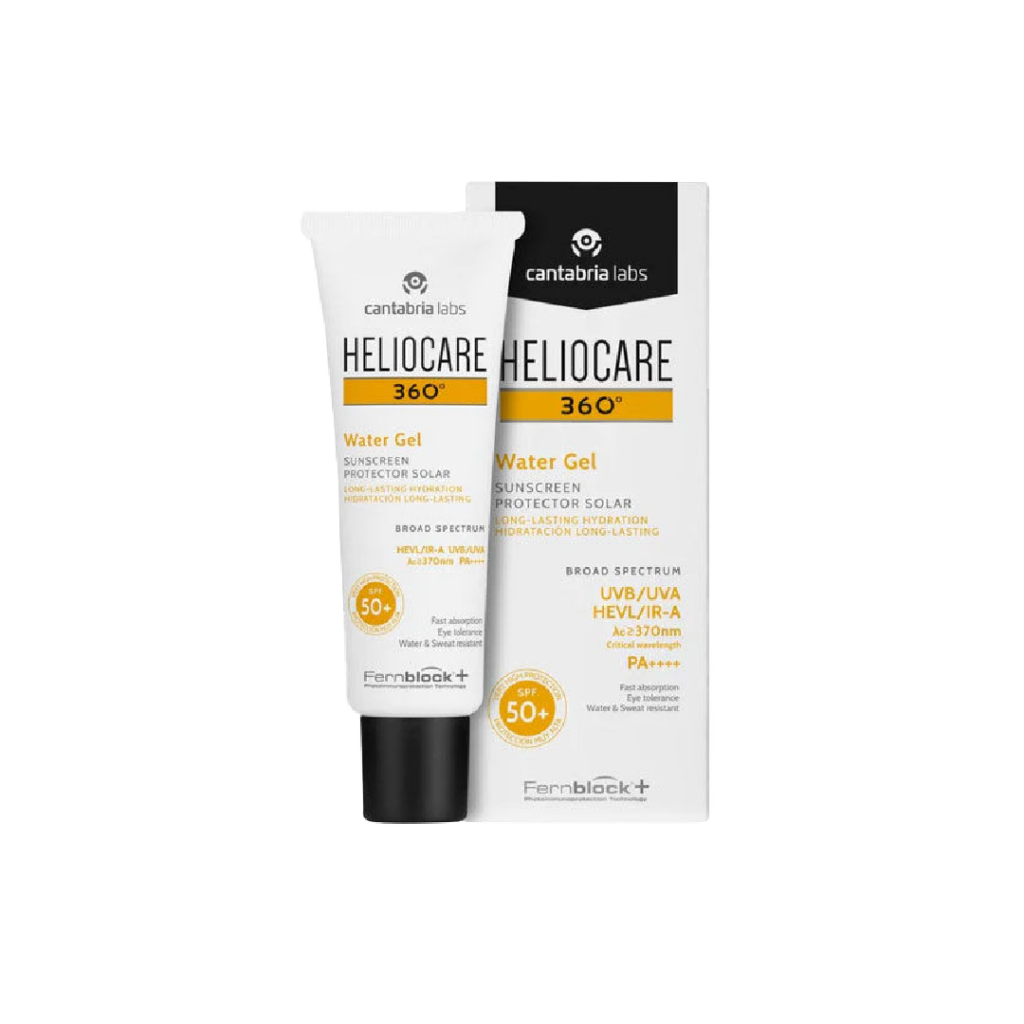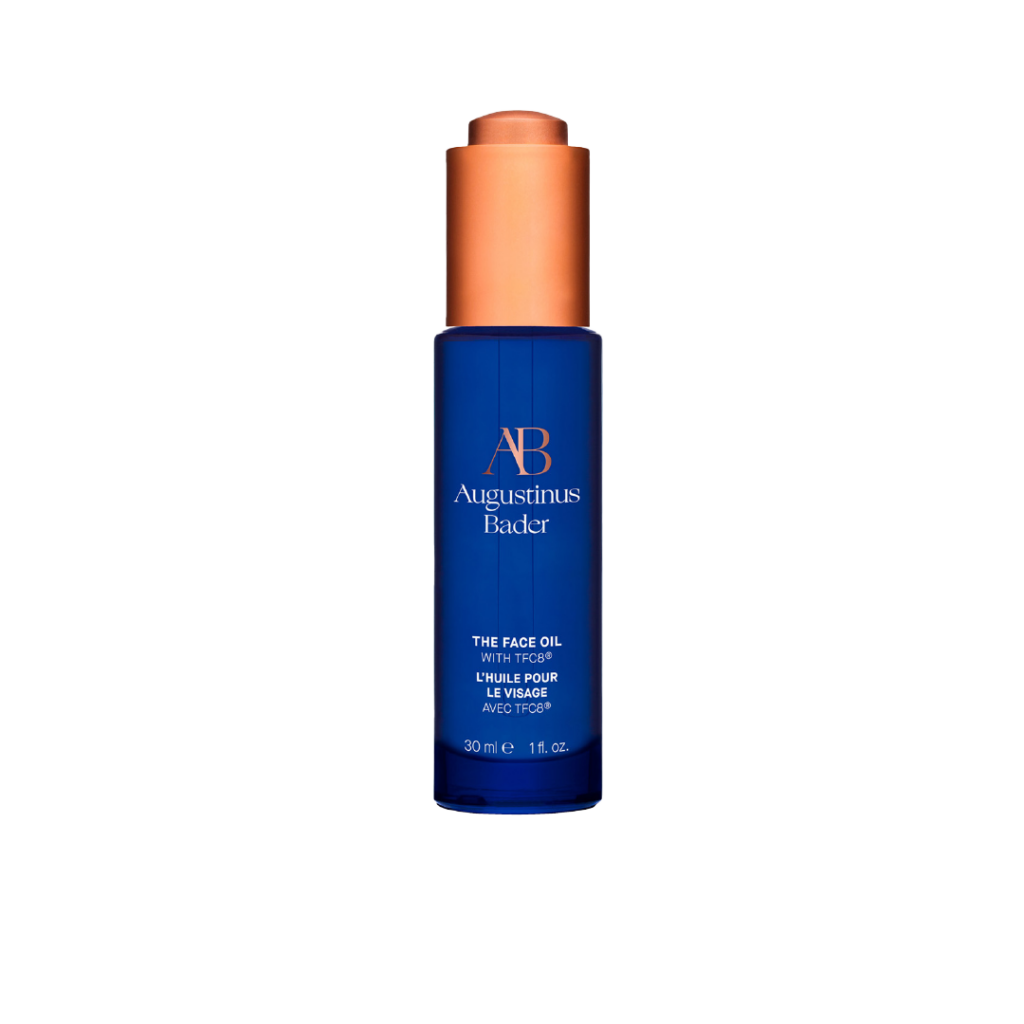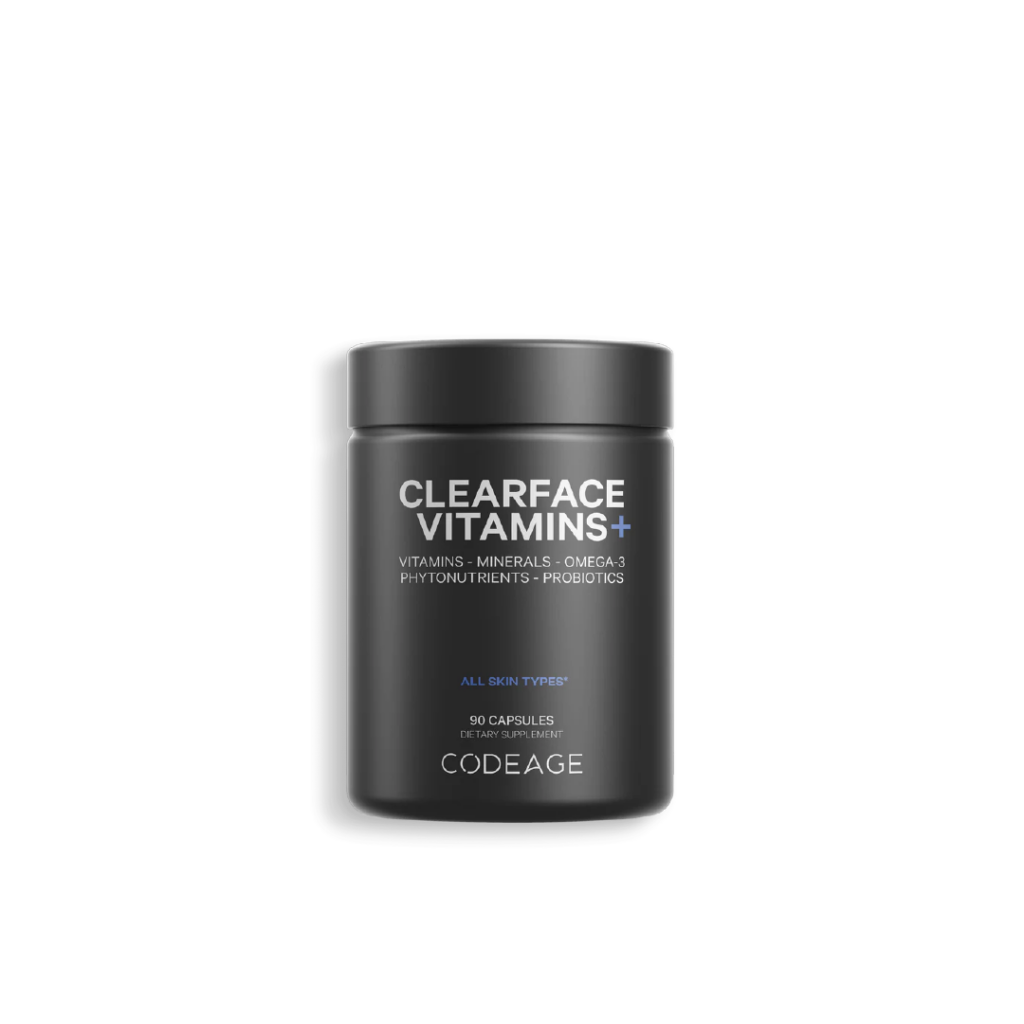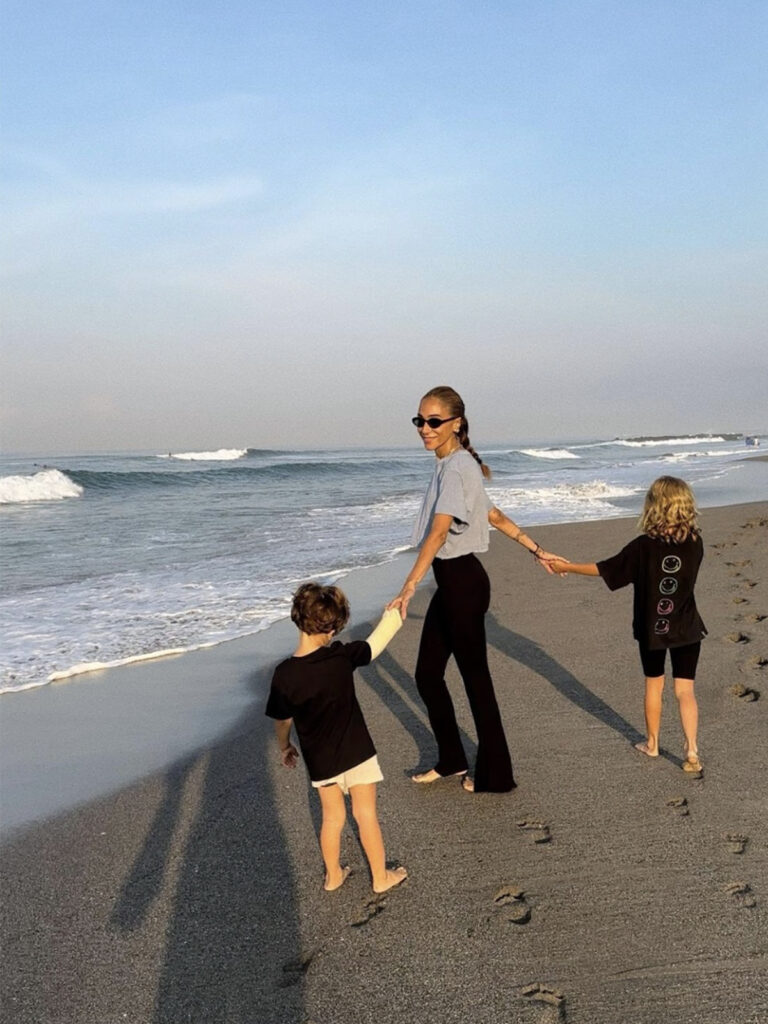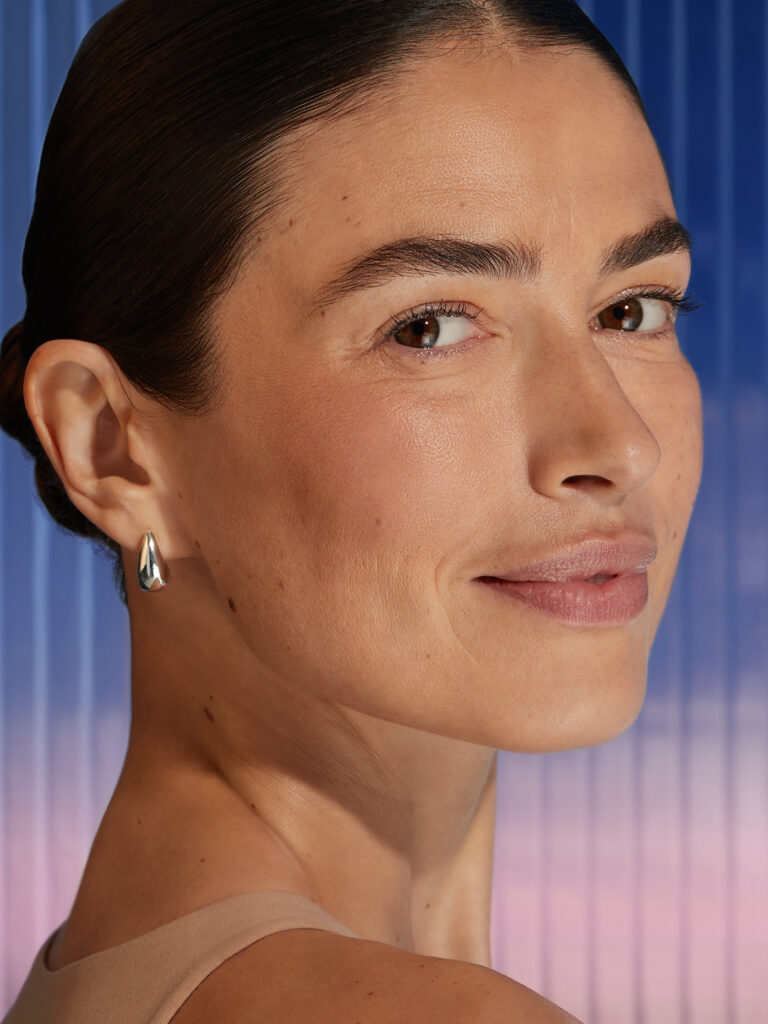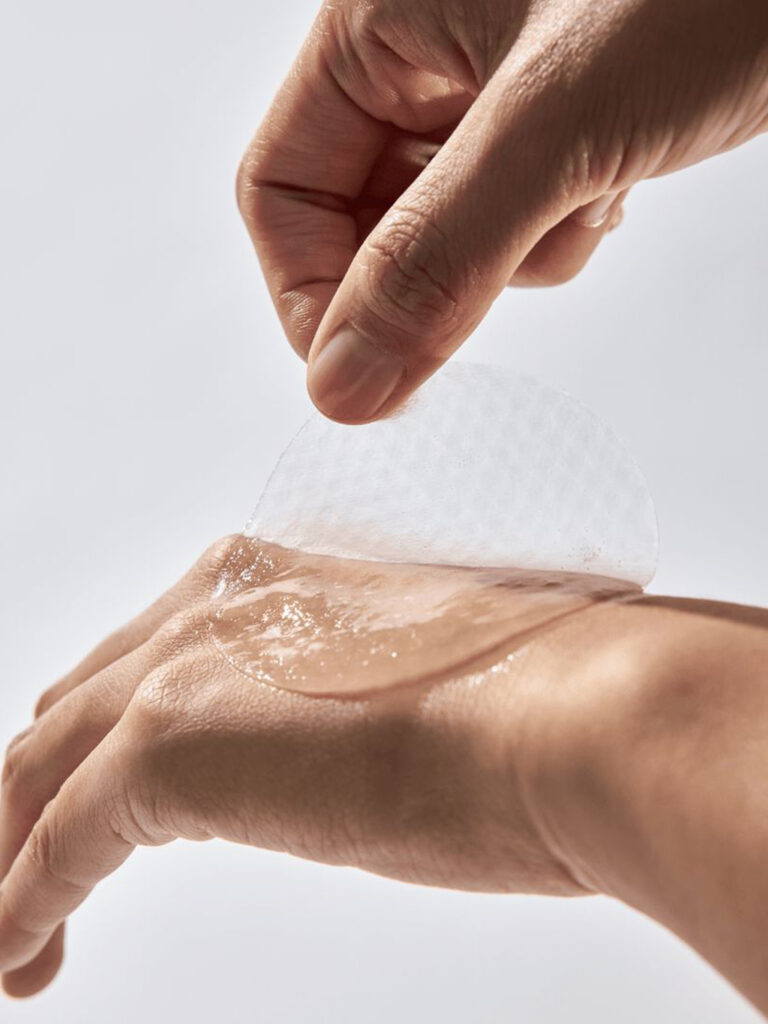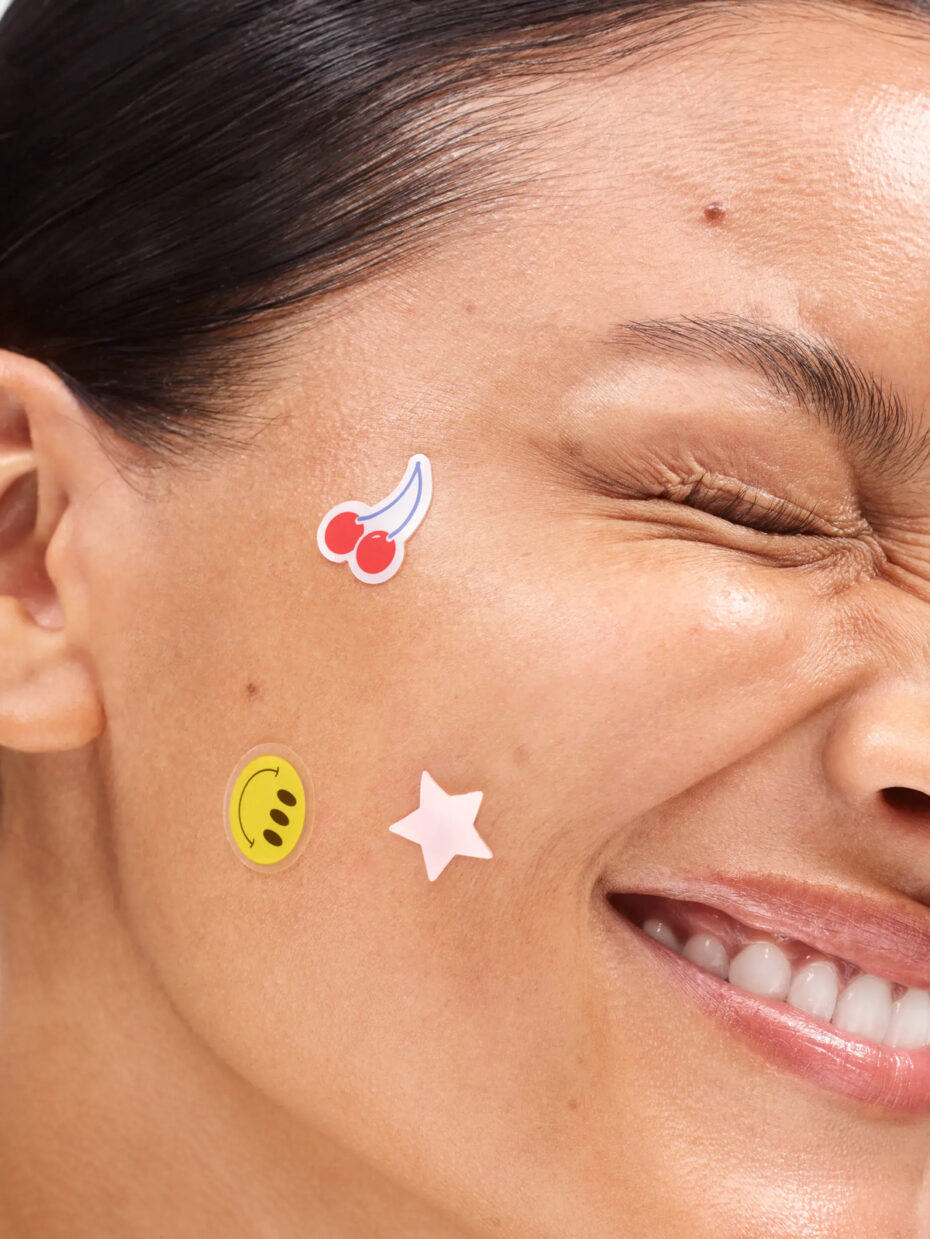
Photo: Glossier x Starface
Skin
What I Learned Through Years of Battling Adult Acne
In my mid-20s, a few occasional pimples gradually turned into a full-blown acne problem that only worsened over time. Through trial and error—and plenty of missteps—I finally figured out how to manage adult acne. Now, I’m ready to share my journey.
Text Seda Yılmaz
We’ve all experienced those period pimples that show up like clockwork. Don’t hate me for saying this, but dealing with hormonal breakouts tied to menstrual cycles is relatively straightforward. I’m here to talk about the more stubborn kind: adult acne, which typically affects those over 25. For over a decade, my face was a battlefield. Acne chipped away at my confidence and sent me spiraling into an endless quest for solutions. I tried every product, treatment, and trick in the book, desperate for clear skin. And I know I’m not alone.
A 2022 study in The International Journal of Dermatology revealed that adult acne among women has increased by 10% globally over the last decade. The study also noted that 640 million people worldwide deal with this issue. Women are particularly affected, thanks to our ever-changing hormones during periods, pregnancy, perimenopause, and menopause. Yep, I’m one of them.
My face doesn’t just wear makeup; it wears my emotions too. Angry? Red. Excited? Red. Happy? You guessed it—red. Add acne to the mix, and my sensitive skin turned full-on crimson. I wish I could say I didn’t care, but it consumed me. I sought help from countless dermatologists. One even told me that pregnancy might be the only cure for my acne. Heartbreaking, right?
I drank antibiotics like they were magic potions, endured chemical peels that left my face raw, and tried every prescription, serum, and DIY concoction imaginable (hello, honey and yogurt masks!). I even swapped toner for apple cider vinegar. You name it, I tried it. My biggest mistake? Thinking that drying out my skin would control the acne. Spoiler alert: it only made things worse. It wasn’t until I joined Wonderflaw that I realized my skin had been crying out for hydration all along.
Coping with Acne
In her book Hormone Intelligence, women’s health practitioner Aviva Romm explains that acne can impact quality of life as severely as chronic conditions like psoriasis, arthritis, and epilepsy. She writes, “Acne can lead to skipping school or work, decreased focus, loss of self-confidence and productivity, and even relationship difficulties, anxiety, and depression.” Her words perfectly capture the challenges of living with acne.
Stress only made things worse for me. I lost count of how many times a tiny blemish ballooned into a pea-sized cystic pimple. The swelling wasn’t just unsightly; it was painful. My bad habit of picking at them only caused the acne to spread further, leaving scars and dark spots as constant reminders of my struggle.
What Finally Worked
After years of frustration, I’ve finally found ways to tame both my acne and the inflammation that came with it. Here’s what turned things around for me:
• I stopped overusing harsh treatments. Tretinoin and retinol only aggravated my skin, so I switched to gentler exfoliants like mandelic and salicylic acids.
• Double cleansing changed everything. If you’re not doing this yet, trust me—it’s worth it.
• An LED mask became my MVP. I’ve been using it for three minutes, twice a day, for a year. It’s a lifesaver for balancing oil and reducing breakouts.
• Benzoyl peroxide works wonders. It kills acne-causing bacteria and reduces oil production.
• Ice is my secret weapon. During a facial at The Skin Lab by Augustinus Bader in London, my therapist suggested massaging inflamed acne in circular motions with an ice cube. It’s now one of my go-to tricks for calming angry breakouts.
• Hydration is key. Lightweight, oil-free formulas keep my skin happy.
• Cutting out gluten and sugar made a difference. Reducing inflammation in my body worked wonders for my skin.
• Sunscreen is non-negotiable. Daily SPF is now second nature.


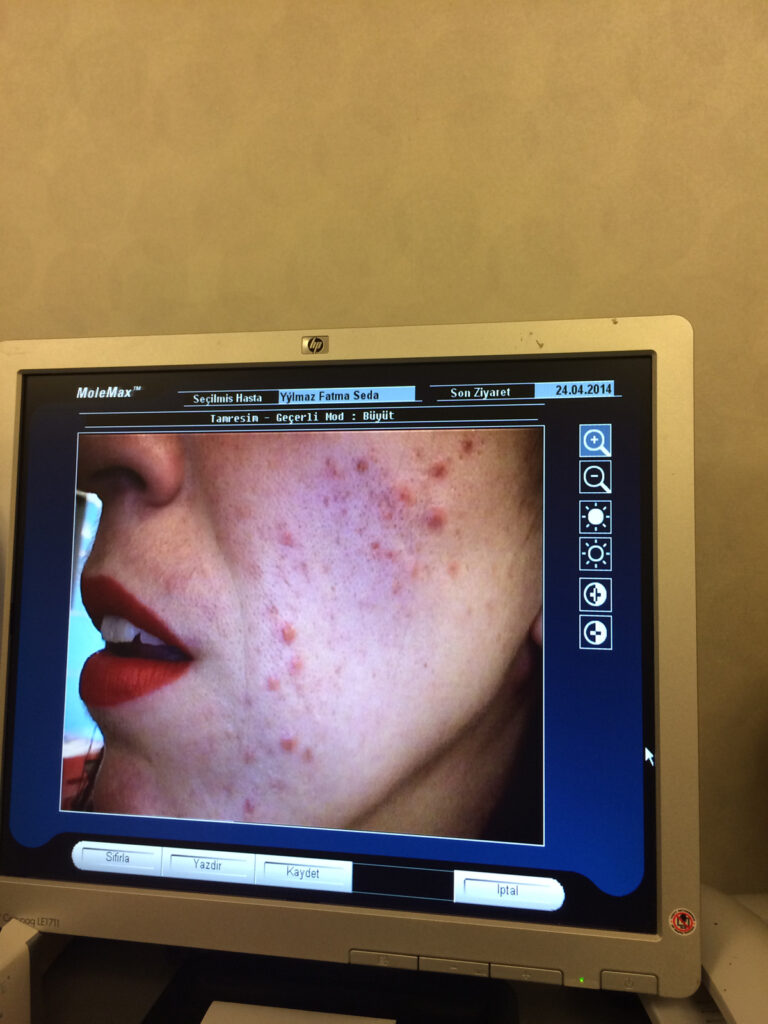
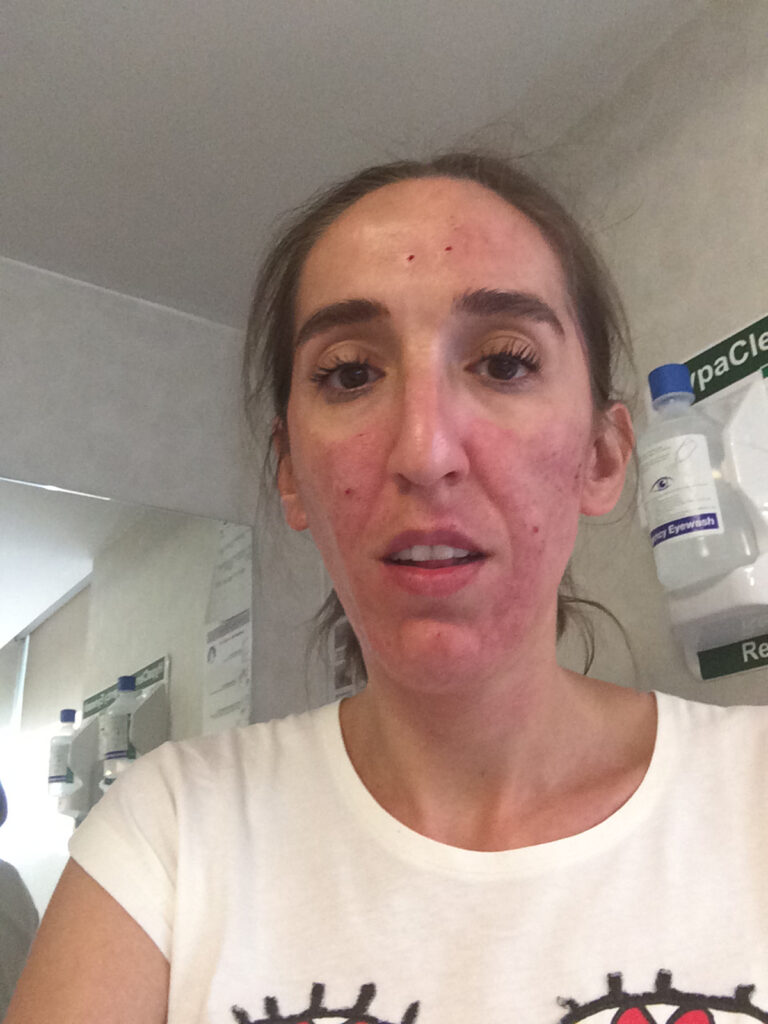
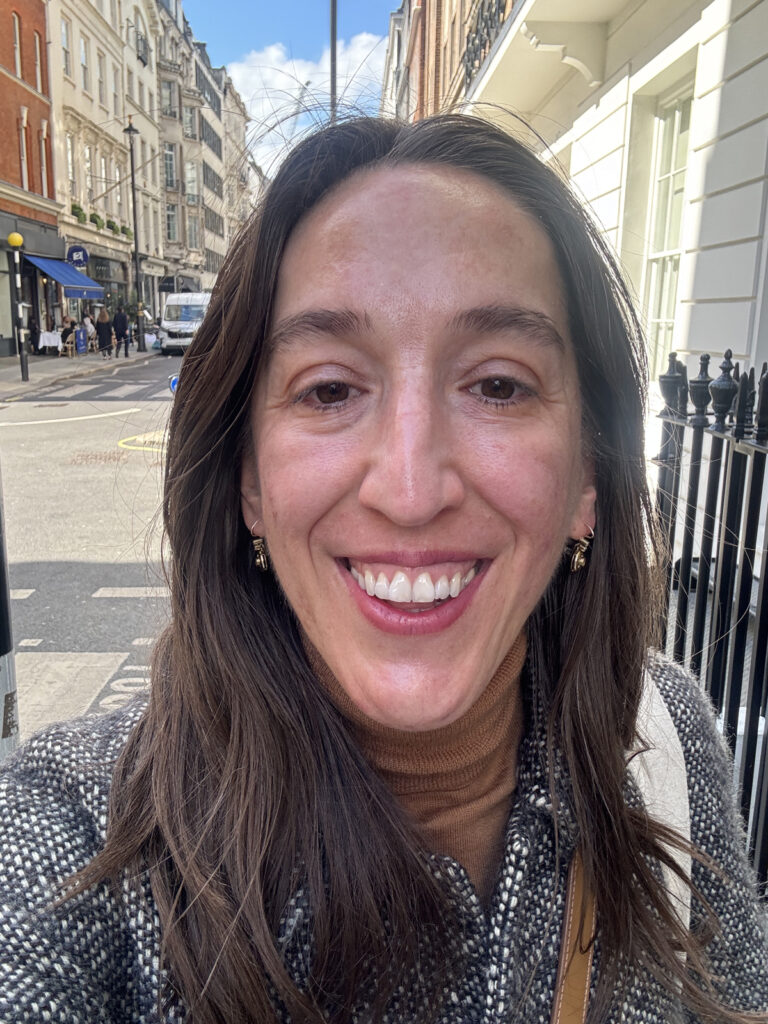
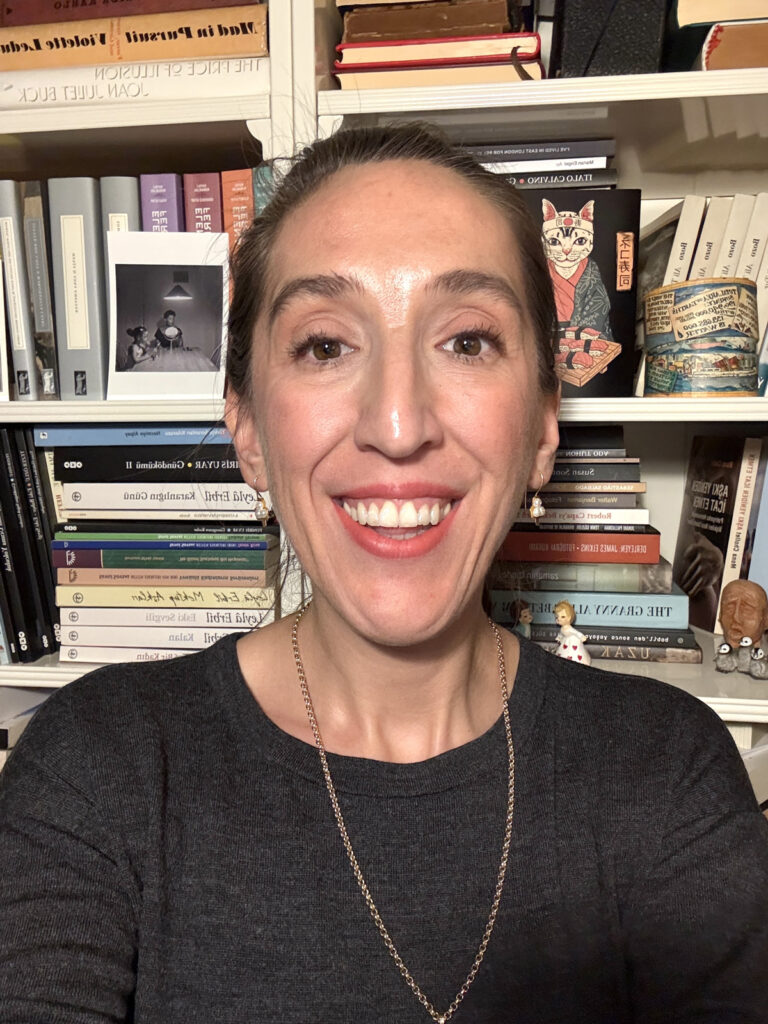
 Previous
Previous
